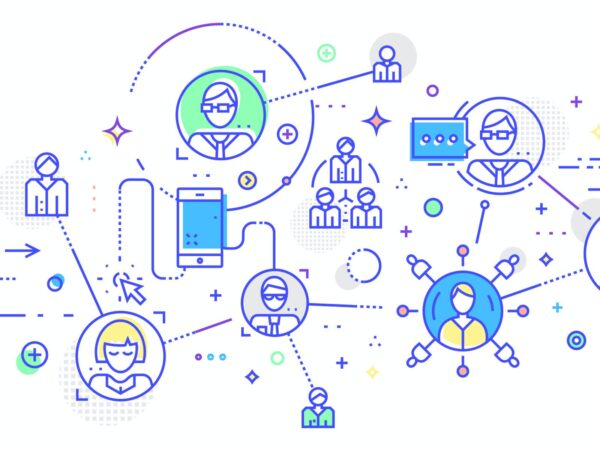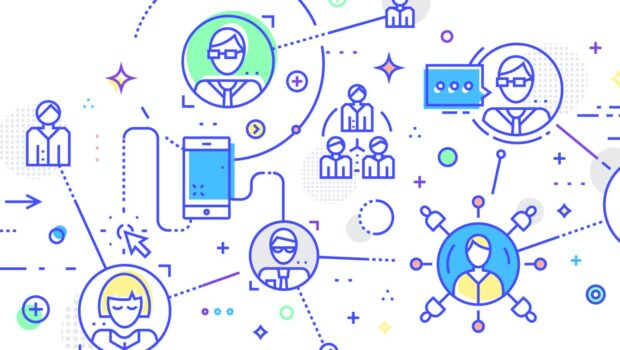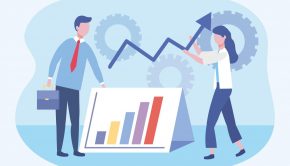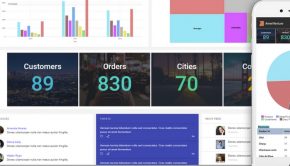Get More From Your Customer Data
It seems like talk of data and its importance is everywhere. From the collection of data to the ways it impacts our everyday lives, live in a data-driven world.
In this data-driven world, business leaders recognize the value of data. But the value can be limited by what you do with it. Businesses need to be able to extract insights from the data if they are going to reap the full benefits. Unfortunately, many businesses are not maximizing the value of the data they have.

How do you unlock the potential of business data? This post will cover some of the things businesses can do to get more from customer data.
Promote a Data-driven Culture
A problem for many organizations is that data is not a part of the culture. People are used to making decisions without data, or they might be unfamiliar with the analytics systems. If you are going to get the most from data, it has to be ingrained in the culture.
Leaders should do everything they can to encourage the use of data systems. Educate employees on the benefits of using data-driven insights. Show them how it can benefit their output and make their work easier. Make sure they have the training they need to use the various data tools you make available.
Have Clear Goals
Your organization will get more from its data if you have clear goals. Know what you want to achieve with analytics. Break the goals down into actionable steps. Determine which metrics will be the strongest indicators of progress toward the goals you have set. Without clear goals, you are just looking at charts and numbers with no intention. It’s like having a map but no destination. Once you set goals, you can then develop plans to use your data to reach those goals.
Assess Your Data
Do you have a clear picture of the data you have? Maybe you have customer data from your CRM or sales data from your POS. Most businesses have several sources of data. If you are going to get more from your data, you will need to assess and inventory all data sources.
Once you have an assessment of all the data you have, you will be better equipped to determine what you can do with it. You might also find gaps in your data. This could tell you that you need to make adjustments to your collection capabilities. You might also find that you need to consider third-party sources of data.
Integrate Data
Many organizations have issues with the inefficient management of data. They have all the data they could need, but it is broken up in different information silos, or it isn’t formatted to work well with other data sources. Making efforts to clean up your customer data infrastructure will go a long way toward making your organization more effective. With the right systems, data can integrate automatically to create a single source for all analytics questions.
Find the Right Tools
Having the right data tools will be significant. With modern data and analytics tools, organizations can do a lot to streamline operations and make data more accessible. Businesses can now find tools to assist with the collection, processing and analysis of data. With that said, there is no one-size-fits-all data analytics tool. You will need to consider the needs of your organization, the data resources you use and the capabilities of users.
Artificial Intelligence and Automation
Artificial intelligence and automation are at the leading edge for most analytics tools. If you want to get the most from your data, you should look for tools that use AI to automate some of the processes. For example, some analytics tools can use AI to automate the processing, cleaning and integration of data from some sources. You can even find AI tools that automate reports and visualizations based on the needs of the user.
Some of the most advanced systems use augmented analytics. With augmented analytics, you have a data system that can automate parts of analysis. Some of these tools can even use natural language processing to allow users to search for insights using natural language. These types of systems are beneficial because it brings data closer to people with no analytics training.
Data is taking on an ever-increasing role at most companies. Even beyond leadership, businesses are deploying data analytics for employees at all levels. With that said, there is more to the process than just having data and providing people with the tools to use it. The tips outlined in this article will help most organizations get more from the data they have.
















